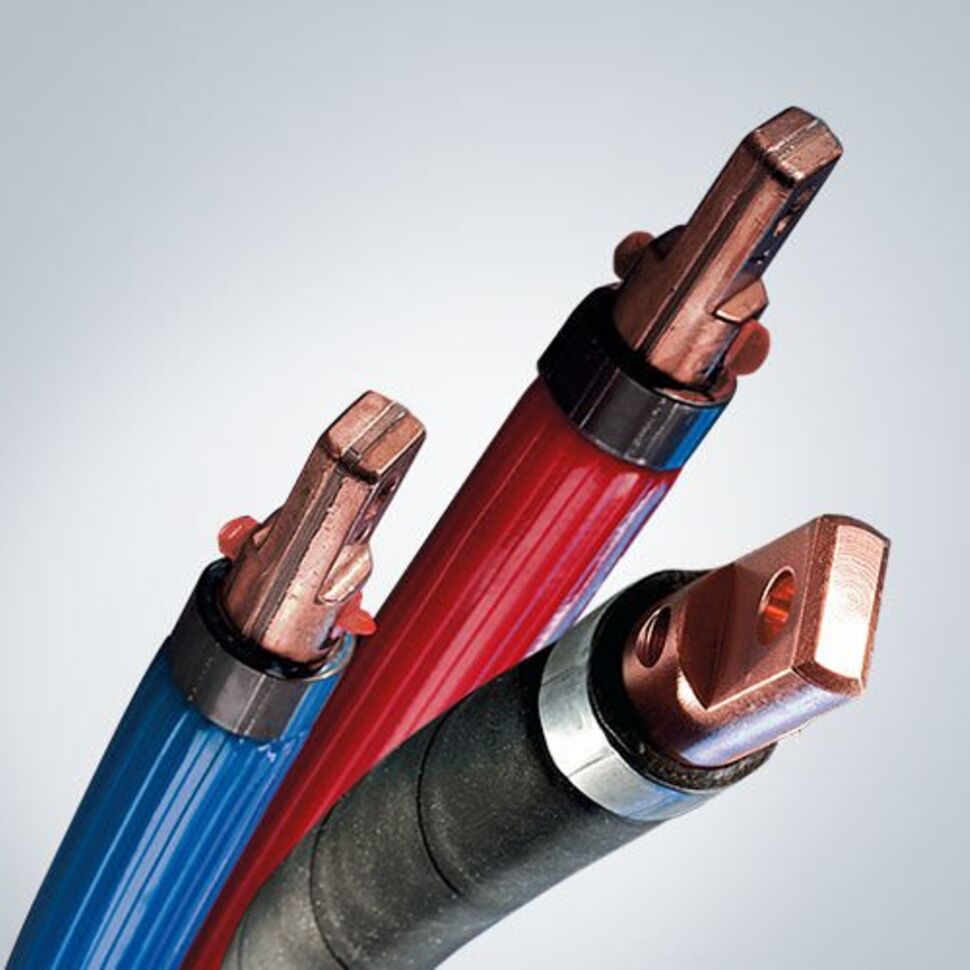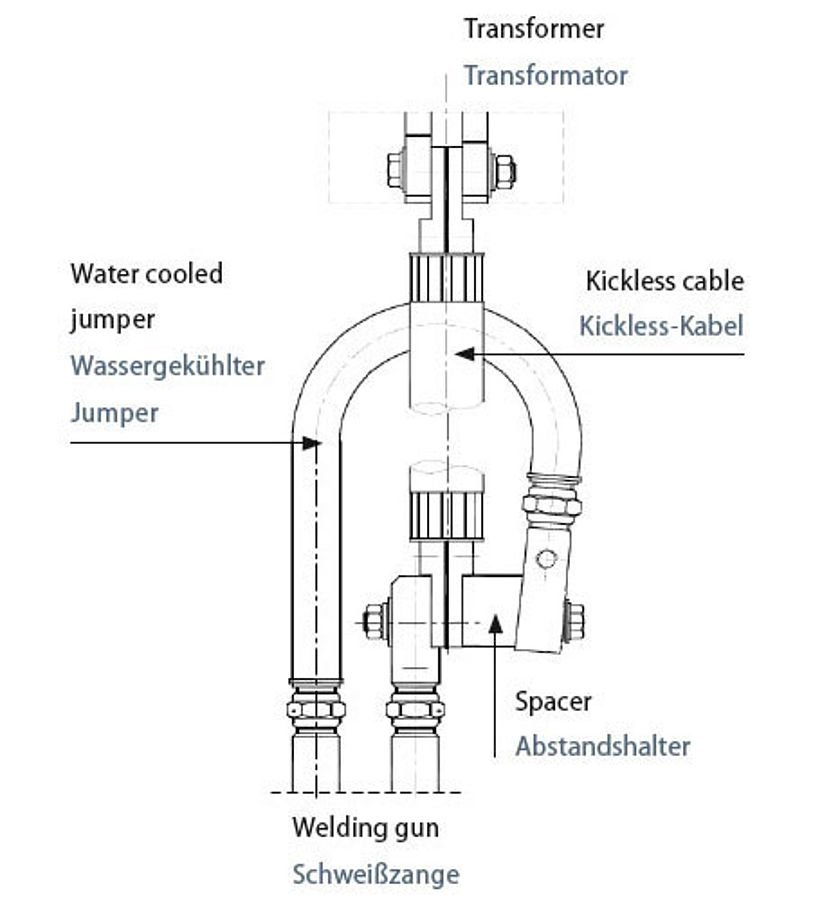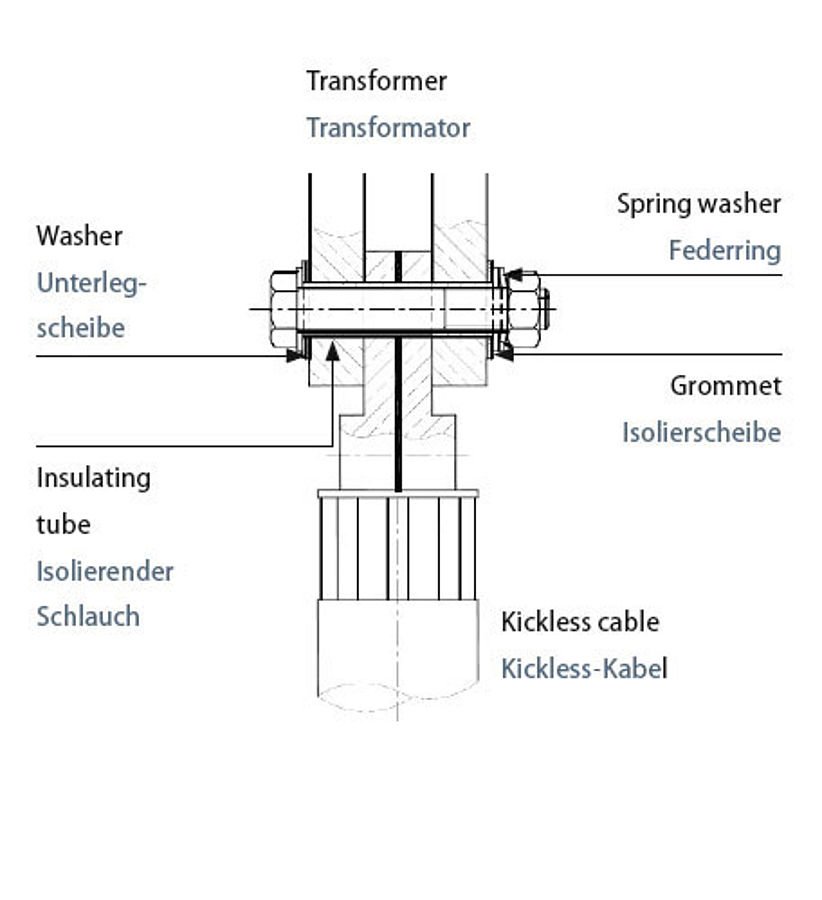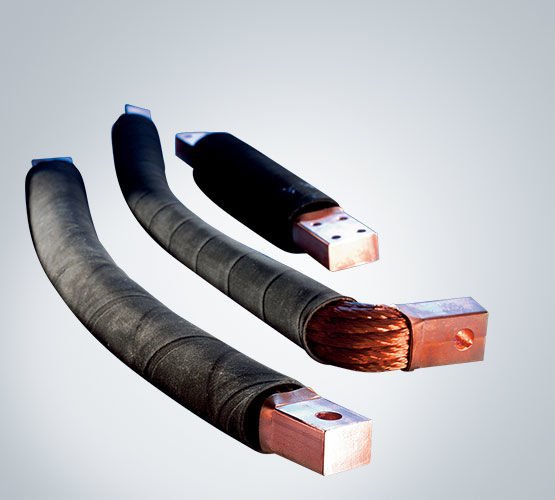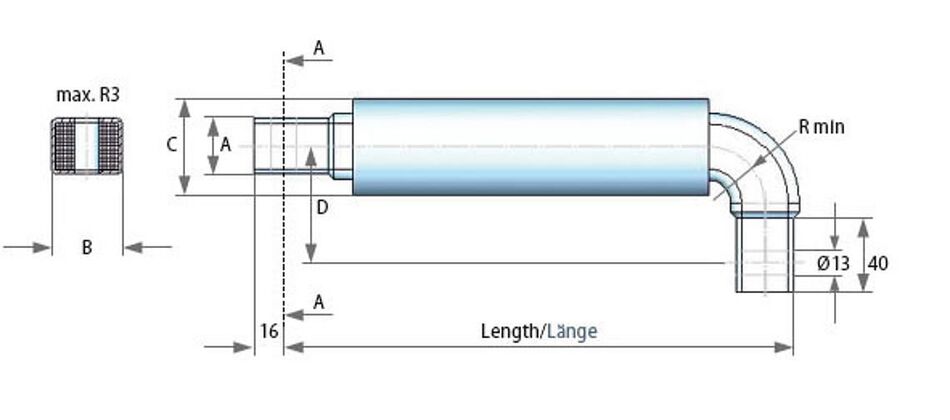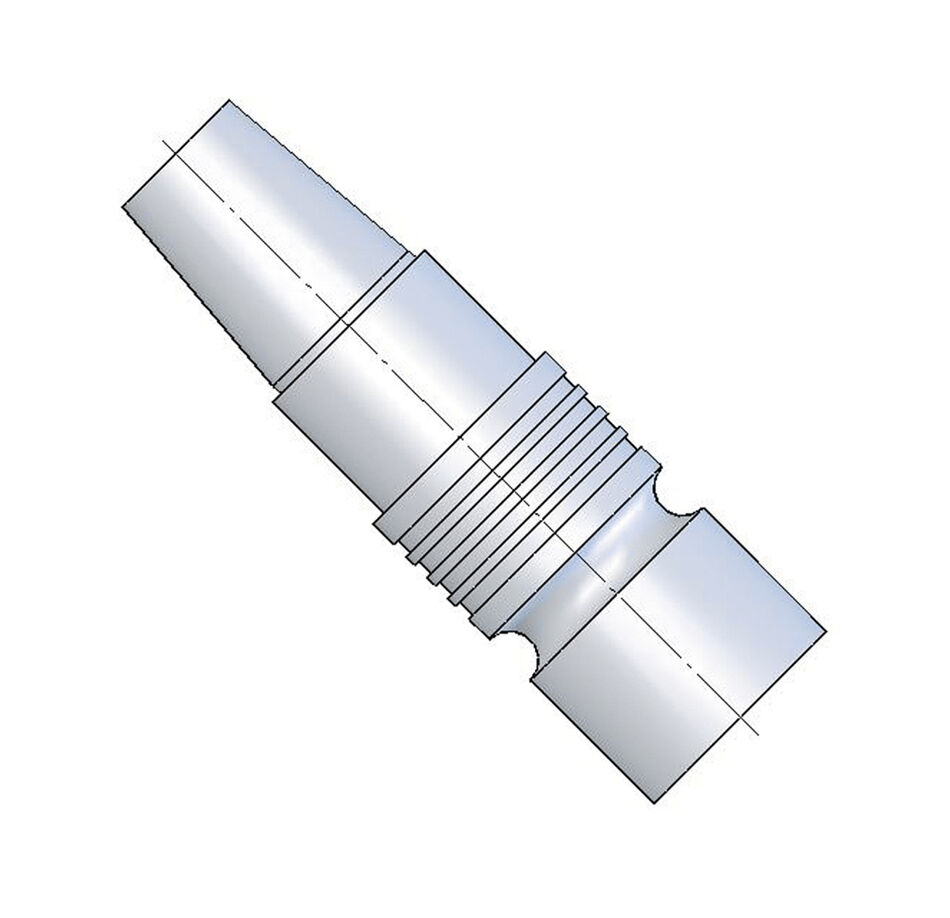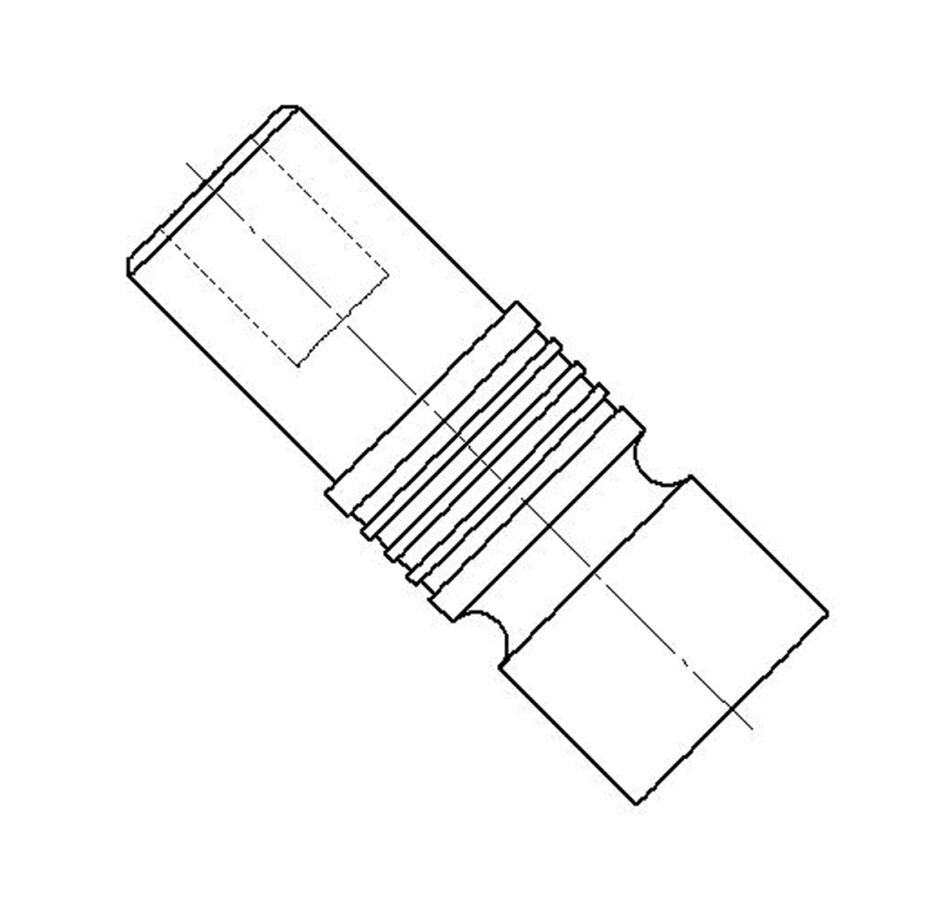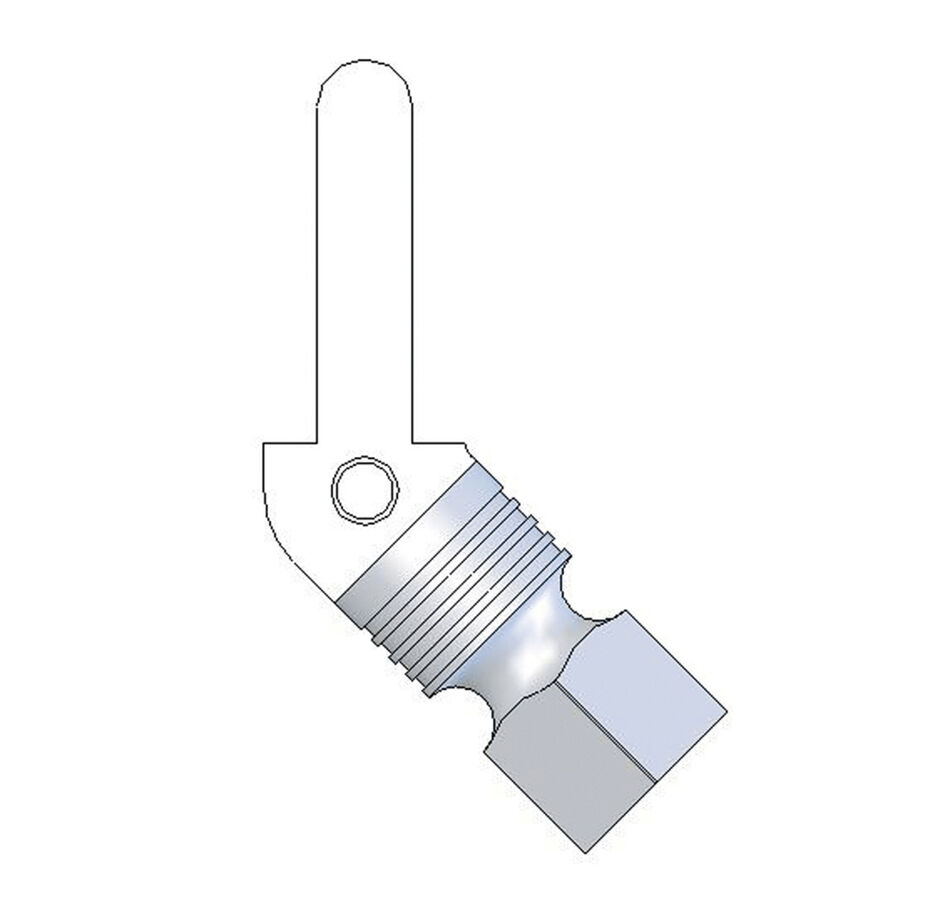Secondary welding cables
Our range of secondary welding cables is designed for the industrial operation of robot and manual welding guns and for power supply in mechanical engineering. High flexibility due to specially stranded copper wires and crimped lugs, good heat abstraction through a perforated inner jacket as well as effective cooling are just some of the characteristics of these cables.
Secondary welding cables, also known as welding leads or welding power cables, are electrical cables specifically designed for carrying high currents used in welding applications. They serve as the connection between the welding power source and the welding electrode or welding gun. Welding cables are typically made of highly flexible copper strands to allow for easy maneuverability and handling. The copper strands are usually tinned to improve their resistance to corrosion. The cables are insulated with a durable and heat-resistant material which can withstand the extreme temperatures generated during welding processes. The size of the secondary welding cables is determined by the welding current requirements. The higher the welding current, the larger the cable diameter needs to be in order to minimize power loss and prevent overheating. Welding cables are available in various sizes. It's important to use the appropriate size of welding cable to ensure efficient power transmission and to avoid overheating or voltage drops that can affect the quality of the weld. Proper maintenance and inspection of welding cables are crucial to ensure their safety and performance, as damaged or worn-out cables can pose a safety risk during welding operations.
Comparison between water cooled jumpers and kickless cables:
Both are generally used on separate transformers for spot welding applications in order to transport the current from the source (tranformer) to the tool (welding gun). The water cooled jumper has only one polarity, the kickless cable has both current polarities in one cable (less kicks during current load).
The choice between these technologies is in general based on two parameters:
- The type of terminal on the tool and/or on the source
- The ergonomy of the work station (manual ergonomy or robot movement)
Technical characteristics kickless cables
- Cables are protected by either a rubber or polyurethane jacket. Polyurethane is an excellent electrical and thermal insulator. Other advantages include its self-extinguishing quality plus excellent resistance to abrasion, welding sparks, weak acidic or base solutions.
- The fine stranded copper wires are made of high grade electrolytic copper and are structured and positioned to increase flexibility and to reduce abrasion factors.
- The copper strands are crimped to the lugs ensuring the best electrical contact without altering or overheating the copper.
- Different standards of lugs are already available, new types can be developed according to customers specification.
- The rubber and polyurethane jackets are crimped onto the lugs with a protective steel ring, which ensures the water tightness of the jumper.
- A perforated inner sheathing provides interior insulation and contains the inner cores. The patented system significantly reduces abrasion and minimizes the generation of wire fragments which can cause watercooling restrictions.
- The polarity construction of the kickless cable can be:
➔ Opposite: Recognized by mechanical resistant on heavy duty applications.
➔ Alternate: Recommended when high output is required due to lower impedance and for manual station due to lower reactance.
Application example of the installation of a kickless cable and watercooled jumper cable
Detail of the connection to the transformer
Examples of nominal cross sections 160 mm², 200 mm² and 250 mm² – other terminals on request.
Technical characteristics air-cooled jumper cables
Cables are protected by either a rubber or polyurethane jacket. Polyurethane is an excellent electrical and thermal insulator. Other advantages include its self-extinguishing quality plus excellent resistance to abrasion, welding sparks, weak acidic or base solutions.
- The fine stranded copper wires are made of high grade electrolytic copper and are structured and positioned to increase flexibility and to reduce abrasion factors.
- The copper strands are crimped to the lugs ensuring the best electrical contact without altering or overheating the copper.
- Different standards of lugs are already available, new types can be developed according to customers specification.
Technical characteristics water-cooled jumper cables
Cables are protected by either a rubber or polyurethane jacket. Polyurethane is an excellent electrical and thermal insulator. Other advantages include its self-extinguishing quality plus excellent resistance to abrasion, welding sparks, weak acidic or base solutions.
- The fine stranded copper wires are made of high grade electrolytic copper and are structured and positioned to increase flexibility and to reduce abrasion factors.
- The copper strands are crimped to the lugs ensuring the best electrical contact without altering or overheating the copper.
- Different standards of lugs are already available, new types can be developed according to customers specification.
- The rubber and polyurethane jackets are crimped onto the lugs with a protective steel ring, which ensures the water tightness of the jumper.
